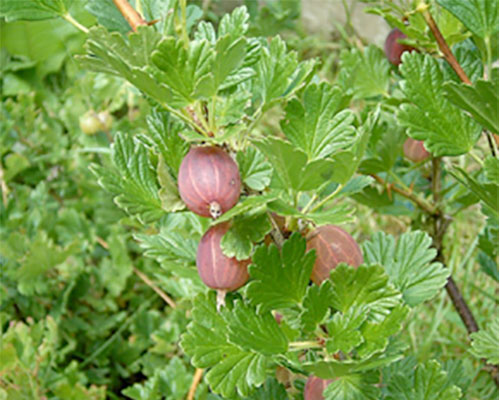
Melinda’s Garden Moments is heard Mon.-Fri. at 7:45 and 10:45 a.m. and 4:45 p.m. on WHAV.
Many gardeners are growing their own fruits and vegetables, including some traditional favorites like currants and gooseberries. Proper pruning will keep these plants looking good and productive.
Late winter or early spring before growth begins is the best time to prune these shrubs.
At the time of planting remove any damaged or broken branches. Then prune the remaining stems back to 8 to 10 inches.
You’ll manage older plants a bit differently. The second year start by removing any damaged branches, any canes lying on the ground or those growing into the center of the plant. Then prune out all but 6 to 8 of the healthiest stems. In the 3rd year you will leave 3 to 4 of last year’s stems and keep 4 to 5 of the new stems. Remove everything else.
And from then on the pruning remains about the same. Prune out all but 3 to 4 each of the healthiest two- and three-year-old canes.
The extra effort will result in a big harvest you can use for baking, making jams, jellies and wine or in your family’s favorite recipe.
A bit more information: Harvest currants and gooseberries when they achieve the proper color and flavor. Pick those you will be using for jams and jellies before they are fully ripe so the natural pectin levels will be higher. Quickly cool freshly picked fruit and store in covered containers or closed bags in a refrigerator. Properly cooled and stored fruit will last several weeks.
For more gardening tips, how-to videos, podcasts and more, visit www.melindamyers.com.

